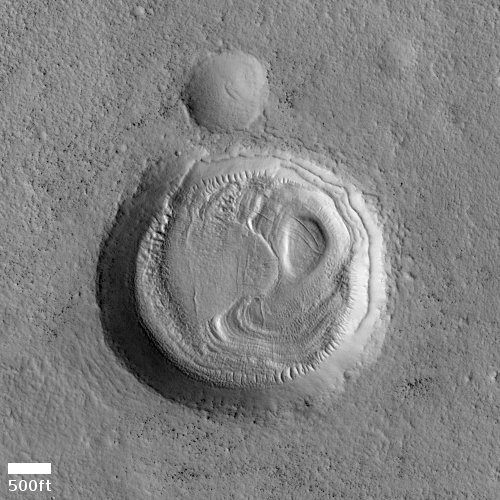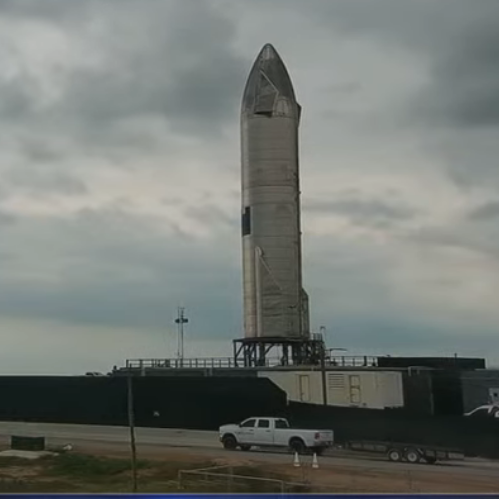China developing 13,000 satellite communications constellation
The new colonial movement: China appears to be merging several different large satellite communications constellation projects into a single mega-constellation employing possibly 13,000 satellites.
Recent comments by senior officials indicate that plans are moving ahead to alter earlier constellation plans by space sector state-owned enterprises and possibly make these part of a larger “Guowang” or “national network” satellite internet project.
Spectrum allocation filings submitted to the International Telecommunication Union (ITU) by China in September last year revealed plans to construct two similarly named “GW” low Earth orbit constellations totaling 12,992 satellites.
Two previously announced constellations, dubbed Hongyan and Hongyun, are being reshaped to join this single larger constellation.
Obviously, coordination will be required between these satellites and the other mega constellations begin built by companies such as OneWeb, SpaceX, and Amazon. In fact, the tiff between OneWeb and SpaceX this week over the close fly-by of two of their satellites illustrates well this need.
The new colonial movement: China appears to be merging several different large satellite communications constellation projects into a single mega-constellation employing possibly 13,000 satellites.
Recent comments by senior officials indicate that plans are moving ahead to alter earlier constellation plans by space sector state-owned enterprises and possibly make these part of a larger “Guowang” or “national network” satellite internet project.
Spectrum allocation filings submitted to the International Telecommunication Union (ITU) by China in September last year revealed plans to construct two similarly named “GW” low Earth orbit constellations totaling 12,992 satellites.
Two previously announced constellations, dubbed Hongyan and Hongyun, are being reshaped to join this single larger constellation.
Obviously, coordination will be required between these satellites and the other mega constellations begin built by companies such as OneWeb, SpaceX, and Amazon. In fact, the tiff between OneWeb and SpaceX this week over the close fly-by of two of their satellites illustrates well this need.











